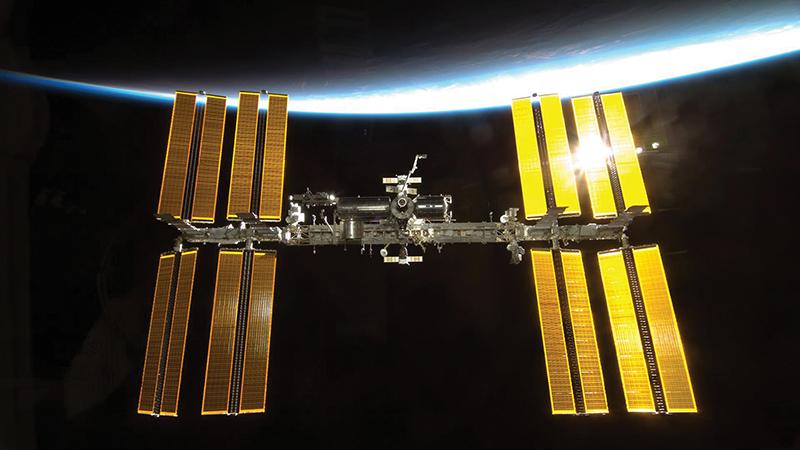Opinion: Why The U.S. Needs To Harness The Power Of The ISS

Credit: NASA
NASA’s plan for the meteoric destruction of the International Space Station could easily become a viral meme that the space community does not need and the agency might never outlive. Is this how humankind’s arguably greatest technological accomplishment during international peacetime should be...
Opinion: Why The U.S. Needs To Harness The Power Of The ISS is available to both Aviation Week & Space Technology and AWIN subscribers.
Subscribe now to read this content, plus receive critical analysis into emerging trends, technological advancements, operational best practices and continuous updates to policy, requirements and budgets.
Already a subscriber to AW&ST or AWIN? Log in with your existing email and password.




